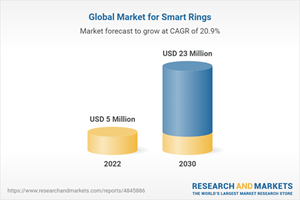The web hosting industry is booming and will continue to do so. If you want your reseller hosting business to sustain the cut-throat competition and succeed in the field, you need to be highly productive.
As a hosting reseller, it is yourl responsibility to offer efficient and reliable hosting services to your clients. Your end goal should be to create a lucrative opportunity as a web host and maximize customer satisfaction.
In this blog, we discuss a few important features that a competent web host must provide to become a successful reseller hosting provider.
Features to Offer as a Reseller Hosting Provider
● Scalable Hosting Packages
Businesses, websites, and blogs grow. It is very important to consider this dynamicity when designing packages. Offering flexibility and scalability allows clients to upgrade their plans when their websites grow.
It also allows growth in resources and operations without experiencing downtime or service disruptions. This scalability ensures long-term client retention, even when their needs evolve.
● Customized Plans
Most of the time, web professionals and digital experts enter reseller hosting to maximize their profit. In this case, you have an existing pool of clients, and you know their business and hosting requirements.
The best hosting resellers build packages that are tailor-made for their clients. This adds a personal touch and offers a competitive edge. With Linux reseller web hosting packages, you can easily increase the levels of customizability.
● User-Friendly Control Panel
Having an intuitive and beginner-friendly control panel dashboard is non-negotiable. Reseller hosting and cPanel go best together. A simple yet effective control panel works wonders for managing domains, emails, databases, and other hosting features.
The user-friendly interface empowers clients to manage their hosting needs without any expertise. This also reduces support queries, decreases the number of human errors and increases customer …
Read More









